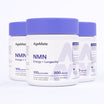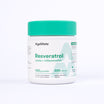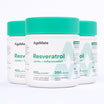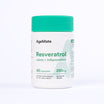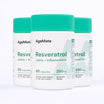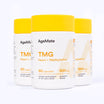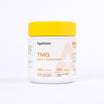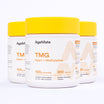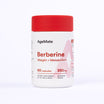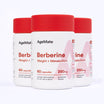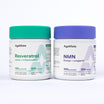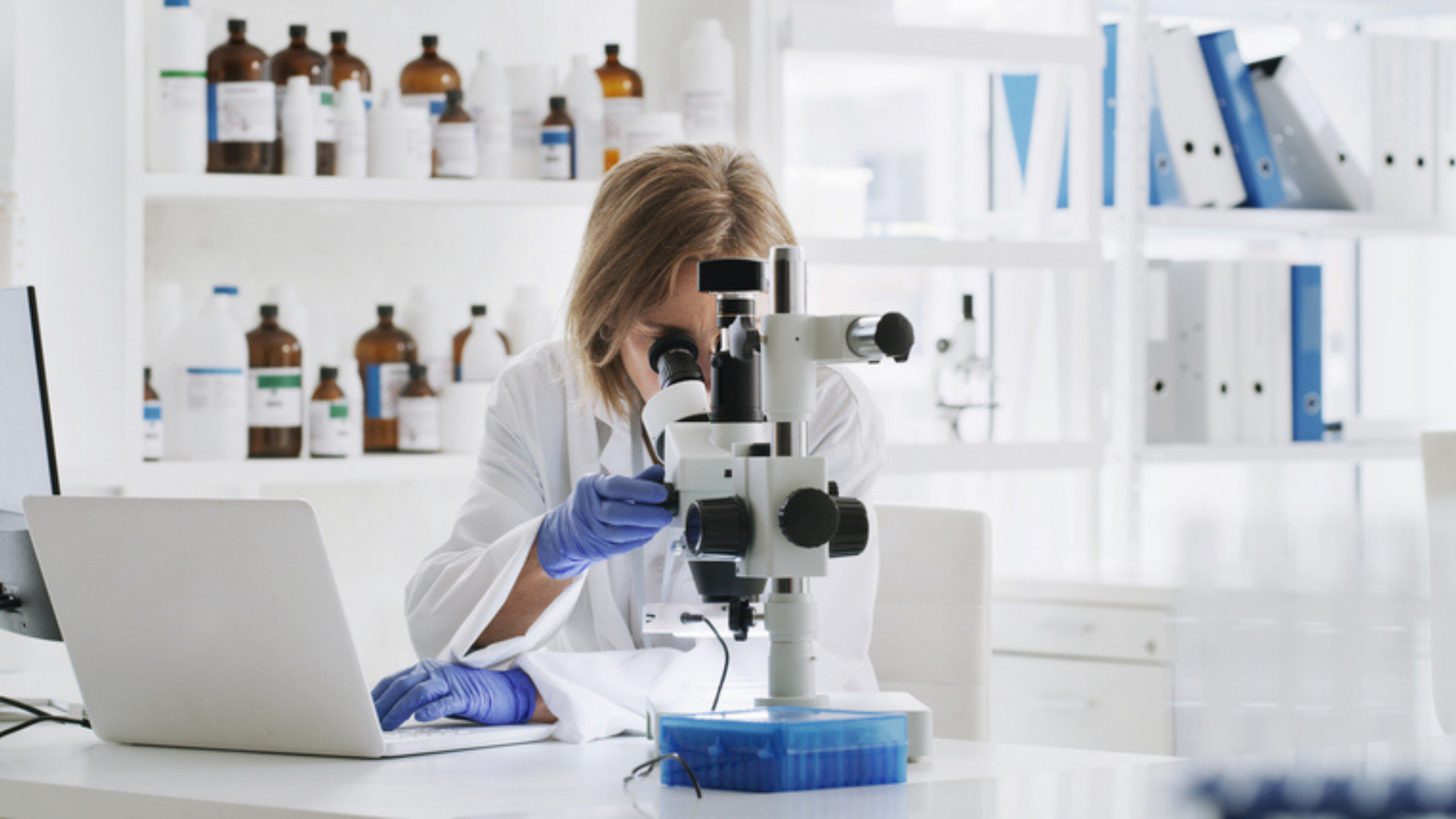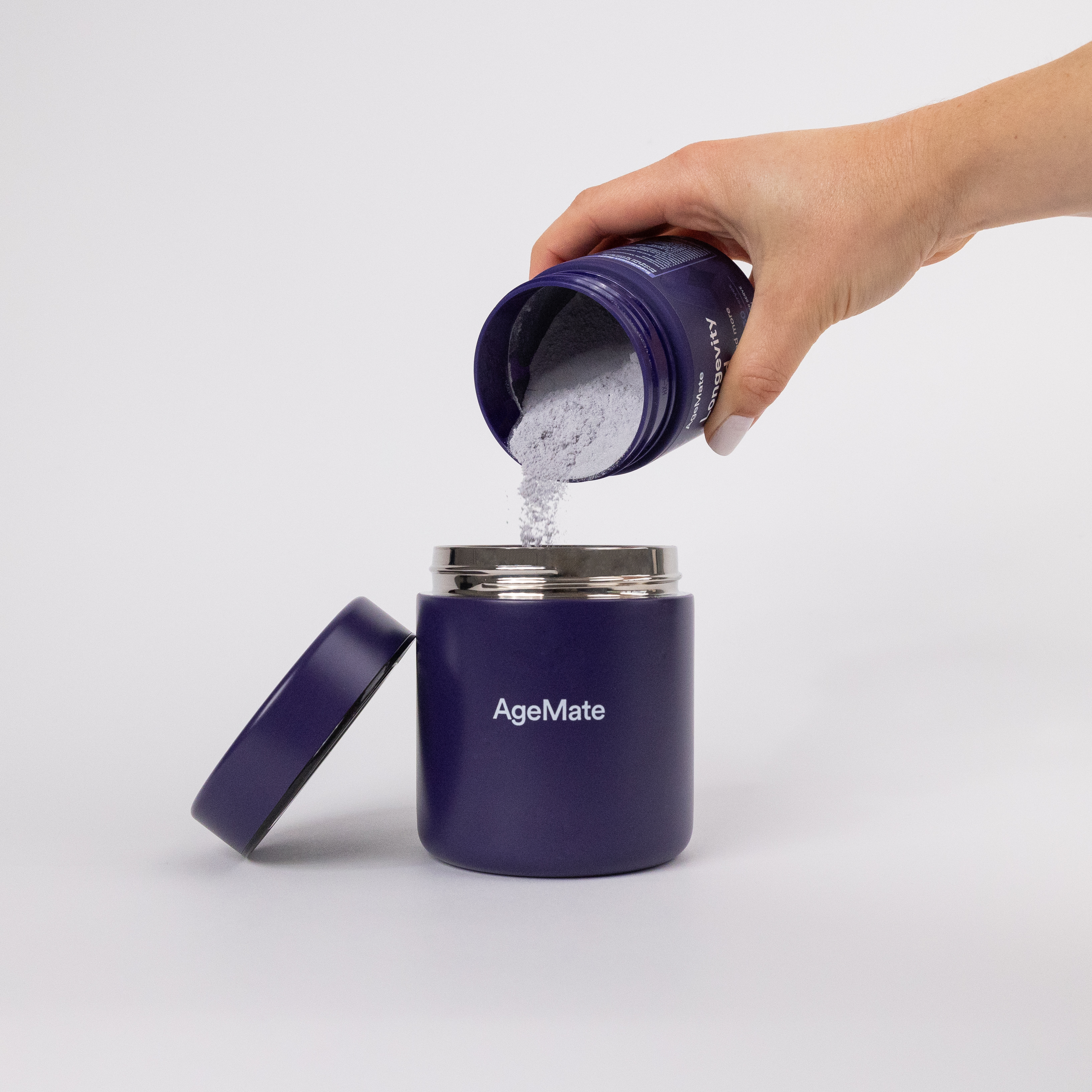Key Takeaways
- NAD+ is essential for cellular energy and DNA repair, but its levels decline with age.
- NR and NMN are the most effective precursors for boosting NAD+ levels. Numerous clinical studies have shown that oral supplementation with NR or NMN significantly increases NAD+ levels in humans.
- Trp is the least effective of the precursors.
__________________________________
Aging is a natural process that brings about changes in your body, but the good news is that science has uncovered ways to slow down its effects. One crucial player in this field is NAD+, a coenzyme vital for cellular energy and DNA repair.
However, as we age, our NAD+ levels decline, leading to reduced cellular function and increased vulnerability to various age-related conditions. NAD+ precursors can help replenish these levels, supporting healthier aging. Let’s dive into the world of NAD+ and discover five essential precursors that can help you age gracefully.
What is NAD+ and Why Do We Need Precursors?
Imagine NAD+ as the fuel that powers your car's engine, enabling it to run smoothly and efficiently. Without enough fuel, your car slows down and eventually stops. Similarly, NAD+ powers our cells, facilitating energy production and repair mechanisms (R).
As we age, our NAD+ "fuel tank" depletes, but certain compounds, known as NAD+ precursors, can help refill it. These precursors are converted into NAD+ through various biochemical pathways in the body, supporting cellular health and longevity.
Nicotinamide Riboside (NR): The Spark Plug
Nicotinamide Riboside (NR) acts like a spark plug, igniting the processes that convert food into cellular energy. It’s a form of vitamin B3 and a direct precursor to NAD+. Studies show that NR supplementation can significantly increase NAD+ levels, enhancing mitochondrial function and promoting healthier aging.
NR has been linked to improved muscle function, neuroprotection, and even enhanced metabolic health, making it a potent tool in the fight against age-related decline (R).
Nicotinic Acid (NA): The Multitasker
Nicotinic Acid (NA), another form of vitamin B3, serves as a multitasker in the body. While it’s well-known for its role in lipid metabolism and cardiovascular health, NA also contributes to NAD+ production. NA’s conversion to NAD+ involves a complex biochemical process, but its impact on NAD+ levels is substantial.
Regular intake of NA can support heart health while simultaneously boosting cellular energy and repair mechanisms, providing a dual benefit for aging individuals (R).
Nicotinamide (Nam): The Repairman
Think of Nicotinamide (Nam) as a skilled repairman who fixes broken machinery. Nam is a form of vitamin B3 that not only contributes to NAD+ production but also plays a direct role in DNA repair. By replenishing NAD+ levels, Nam helps maintain genomic stability, prevent mutations, and promote cellular longevity.
Nam’s role in enhancing skin health and reducing inflammation also makes it a popular ingredient in anti-aging skincare products, offering both internal and external benefits (R).

(Canto et al., 2022 | MDPI) NAD+ can be synthesized from oral precursors like tryptophan, nicotinic acid, nicotinamide, nicotinamide mononucleotide, nicotinamide riboside, and dihydronicotinamide riboside, though their effectiveness in boosting NAD+ levels varies.
Nicotinamide Mononucleotide (NMN): The Efficient Converter
Nicotinamide Mononucleotide (NMN) is like an efficient converter, rapidly transforming into NAD+ within the body. NMN is a key intermediate in the NAD+ biosynthesis pathway, and its supplementation has shown promising results in human and animal studies, where it improved energy metabolism, cognitive function, and physical endurance.
The direct and rapid conversion of NMN to NAD+ makes it a potent precursor, offering a swift and effective way to boost NAD+ levels and combat age-related decline (R).
Tryptophan: The Dietary Link
Tryptophan (Trp), an essential amino acid, serves as a dietary link to NAD+ production. It is found in protein-rich foods like turkey, chicken, and dairy. If you are looking for plant-based sources, it can be found in pumpkin seeds, soy products, nuts and seeds, legumes, oats, quinoa, spinach, chia seeds, buckwheat, and fruits like bananas, apples, and avocados.
Tryptophan is metabolized into NAD+ through the kynurenine pathway. This pathway is like a series of dominoes, where each step leads to the next, ultimately resulting in NAD+ synthesis. By ensuring a diet rich in tryptophan, you can naturally support your body’s NAD+ levels, linking nutrition directly to cellular health and longevity (R).
Conclusion
Understanding NAD+ and its precursors opens a gateway to healthier aging. By incorporating NAD+ boosters like Nicotinamide Riboside, Nicotinic Acid, Nicotinamide, Nicotinamide Mononucleotide, and Tryptophan into your routine, you can support your body's energy production, DNA repair, and overall cellular health. These compounds are not just scientific jargon; they are powerful tools that can help you maintain vitality and well-being as you age.
Stay informed, stay healthy, and embrace the science of aging gracefully. To learn more ways to boost NAD+ naturally click here.



